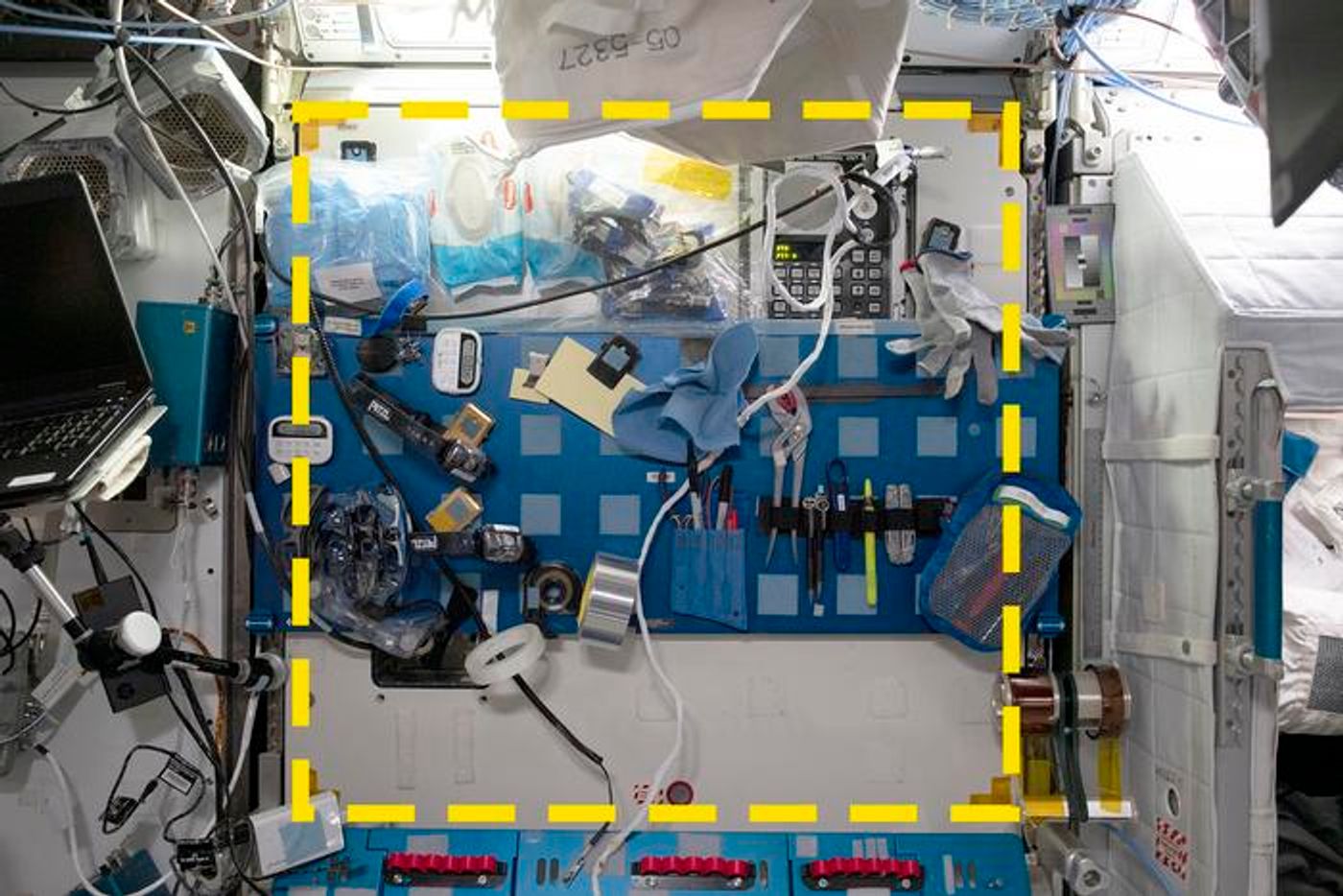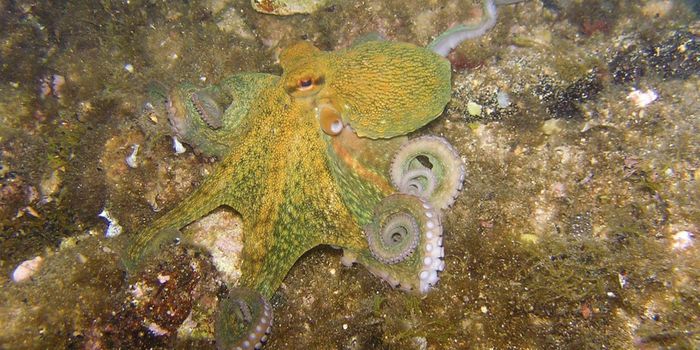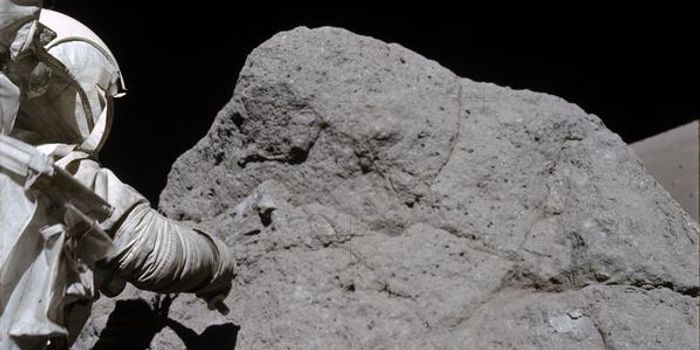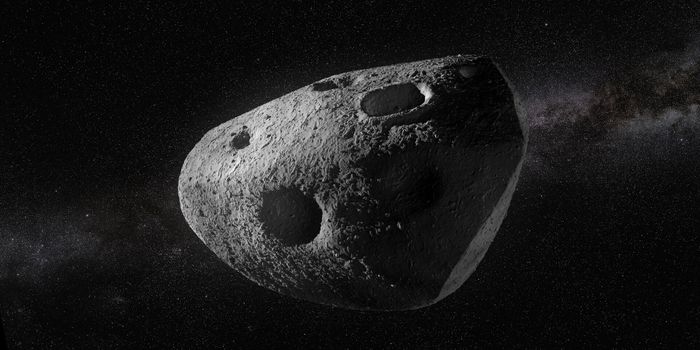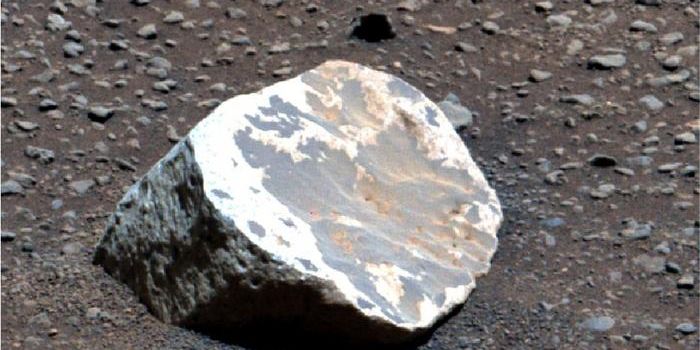Revealing the True Habits of ISS Astronauts Through Space Archaeology
How do astronauts cope with life onboard the International Space Station (ISS) and how can scientists study it? This is what a recent study published in PLoS ONE hopes to address as an international team of researchers used archaeological investigation strategies to ascertain how ISS crew members managed their lives in space, specifically pertaining to the astronauts’ habits of using and storing the various materials onboard the orbiting outpost. This study holds the potential to help scientists better understand how humans cope with living in space for long periods of time, which could be useful for trips to the Moon and Mars, someday.
The study, known as the Sampling Quadrangle Assemblages Research Experiment (SQuARE) experiment, was conducted over a 60-day period between January and March 2022 where six common locations onboard the ISS were designated as “squares”, which is a common archaeology strategy of digging pits to ascertain the most viable areas of further investigation. During the study, the astronauts photographed each square every day to ascertain how they were used, and the researchers would compare that to the location’s original purpose.
Image of one of the "squares" used in the study which shows various items being stored next to a crew berth (right of the square). (Credit: Walsh et al., 2024, PLOS ONE, CC-BY 4.0)
In the end, the researchers found that two of the squares located at a maintenance area and the latrine, respectively, the researchers observed a total of 5,438 items throughout the 60-day study period among these two squares, noting a large discrepancy between how the locations were used compared to their designed use, specifically with them being used as personal storage spaces or hygiene.
“The experiment is the first archaeology ever to happen off of the planet Earth,” the authors note. “By applying a very traditional method for sampling a site to a completely new kind of archaeological context, we show how the ISS crew uses different areas of the space station in ways that diverge from designs and mission plans. Architects and planners of future space stations can learn valuable lessons from this work.”
This study comes as the ISS is slated to be “retired” in 2030, although NASA continues to contemplate this action depending on the development of commercial space stations before then.
What new discoveries will researchers make about astronaut habits in space in the coming years and decades? Only time will tell, and this is why we science!
As always, keep doing science & keep looking up!
Sources: PLoS One, EurekAlert!
